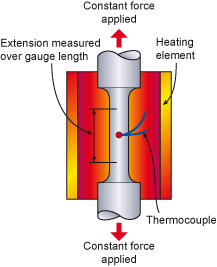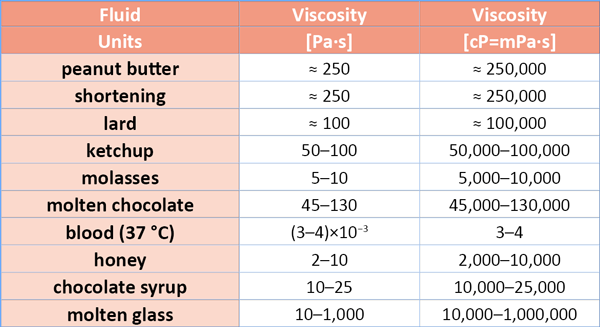

Some specific examples of creep in open hole, and a summary of a study to quantify the amount of creep observed during wireline perforating jobs, are also presented. It also discusses the qualitative differences between creep during typical open-hole and cased-hole wireline jobs, and some of the operational implications of these differences. It presents a method for estimating or measuring the amount of creep that has occurred when the toolstring finally comes to rest. This paper discusses some of the causes of wireline creep, which are more complex than might be thought. Finally, if the effect is significant during perforation operations, the well's performance may be adversely affected. Additionally, pressure gradient determination is complicated by any uncertainty in the depths of indivivual pressure measurements. This effect, known as creep, has been recognized for many years, but recent work, described here, sheds some new light on the phenomenon.ĭepth uncertainty due to creep may lead to "dry tests" when making pressure measurements, or mis-interpretation of any samples that are taken – or even a failure to take fluid samples at all, particularly in highly-laminated reservoirs. Thus, the very act of stopping the winch leads to the development of a discrepancy between the indicated and true tool depths (with respect to the reference log). However, regardless of how well the depth has been adjusted to match that of the reference log while the winch and downhole tool is moving towards the required station depth, when the winch is stopped the toolstring will, in general, continue to move for some time afterwards.

The process of correlating to the reference log is, in principle, simple, and well understood. Stationary operations, such as formation testing, sidewall core sampling or perforating, conducted with wireline tools are usually intended to be made at depths precisely specified with respect to some reference log.


 0 kommentar(er)
0 kommentar(er)
